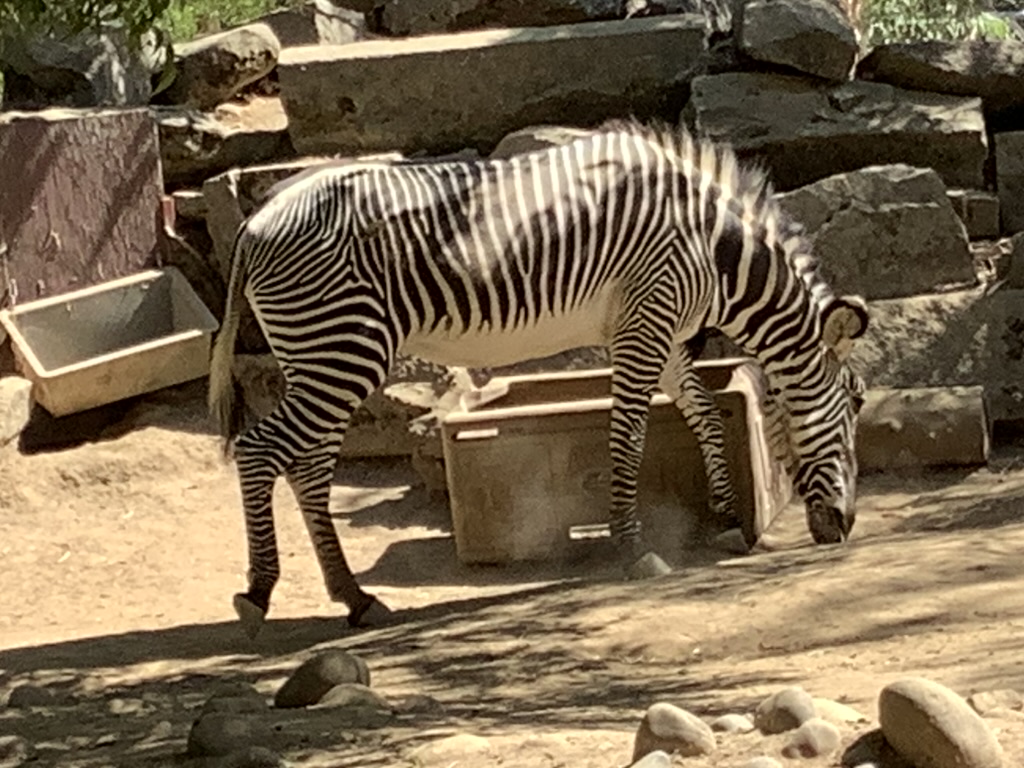Spent some time last evening working on rebasing my French and Indian War figures. What was three "battalions" in my mind is now three companies. Why? Well, a little organizational redesign has occurred.
Now, instead of a battalion of 42 figures based individually and divided into three "companies" of 12 figures each plus two command groups, higher command and lower command - the latter usually being the standard bearer group, and the four attendant casualty figures, the new structure results in two platoons of seven stands, three figures per stand, with the higher command part of one platoon and the lower command part of the other platoon. The great intended benefit is 14 stands to move around on the table instead of 42. While it probably won't change, I'm thinking about having two casualty figures on one larger stand (and with a 'bead post' for a status indicator - which will happen) instead of all casualty figures individually based; originally had four casualties per unit to have one for each company plus one for the command groupings but with only two platoons now I only really need two casualty stands per unit. So, either 18 or 16 total bases per foot unit once that last is decided versus 46 before. That ought to make for much faster flowing game play - and that is always a good thing.
(If that doesn't seem a good decision to you then weigh having 28 foot units to put on the table and move around - that is 1288 stands! Only 448 stands to move instead sure seems better, if still quite high.)
But what about the evaporative effect, you ask? Well, since the French and Indian War is so often thought of as a small scale skirmish period for wargaming, there was an element of trepidation, significant in proportion, within my psyche about making this change. However, once I saw that first unit glued to the new basing system, instant poof and little cloud of intellectual moisture floating harmlessly away. I really like the multi-figure basing system; so much so that I realized the individual basing scheme was one part of what had been slowing down the completion of this period! (Not that life in general, being married in particular, and the size of the units themselves weren't all factors).
And, why oh why, is it that the French and Indian War got consigned into that skirmish only mindset? Not entirely, of course, if you look at rules like Habitants and Highlanders or Drums Along The Mohawk but it seems most people in this period gravitate to that situation. There were plenty of line of battle actions, albeit on smaller scales than the great European battles of the era, besides all the skirmishing.
I suppose you can say my collection travels a middle ground since I think of my figures, now, as representing a one-to-one ratio of one figure equals one man (or woman or child with the civilians and villagers). On the other hand, my basing allows me to form units quite easily into line of battle formations - for most, not all. The Native Americans and certain Europeans, Rangers and Coureur du Bois specifically and a few others, are all based in 'skirmish' style on 1" x 1" bases as opposed to most of the figures being based on 1/2" by 1 1/2" bases three abreast.
One more decision to note here. Like I plan to do with the American Revolution - maybe all periods, really - I am developing a fictional geographic space in which to conduct fictional actions. The purpose behind doing this is to scatter to the winds the challenge common to historical miniature battles of some or all of the players bringing hindsight to the table top. Sure, I can still play historical events when desired, but I like the idea of players stumbling blind into an unexpected situation.
Don't know if I will wait until the new bases get textured or not, I'm thinking not, before taking and posting some photographs of these troops. Such photos will be posted on the French and Indian War page, though. Probably will wait until several more units get rebased. I figure it is long past time I provided more visual evidence of the figures I own.

Where playing with toy soldiers is the whole point - and sharing the joy of doing so. And keeping a record of what's been done and what is still awaiting completion. A note of caution for those unfamiliar: this activity can be remarkably addictive and take over your free time. Well, now wait a minute, it's so much fun that shouldn't be a problem. Oh, that's right. It's not! (title with asterisk in bar below is newest or most recent modification to a Page topic)
Viking, R.Hood, Dumas, Pirate, FIW, AWI, Mutiny, ACW, Pony, AES, FFL, Scramble, Boxers
- Home
- Viking Era (3/18)
- Robin Hood & Medieval Jousting (5)
- Dumas' Musketeers (4)
- Pirates (2)
- French and Indian War (6/27)
- American Revolution (14/2)
- Mountain Men (3)
- Indian Mutiny (5/2)
- American Civil War (3/4)
- The Wild West (26 + 99/1)
- Anglo-Egyptian Sudan (1)
- French Foreign Legion (5)
- The Steeplechase (11/26)*
- Vicky's H.A.G. (1)
- Scenery in General (8/93)
- Buildings (2/111)
- Zoologicals (7/20)
- For Newbies and other thoughts
- Boxer Rebellion (21/100)
- Star Wars
Saturday, June 7, 2014
Subscribe to:
Posts (Atom)